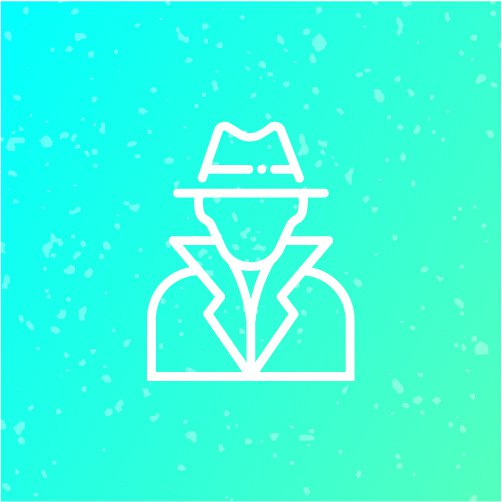These activities anchor the core curriculum in learners' personal and community experiences, needs, and interests, as well as providing a conceptual overview of the web and web technologies.
Skills: Evaluate, Synthesize, Navigate, Search, Collaboration, Communication, Problem-Solving
Make Friends with your Browser
In this offline and online activity, learners will have the chance to reflect on the tools they use to navigate a website. An internet browser, also known as a web browser or simply a browser, is a software program to access the internet and view web pages. Think of a browser as a doorway to the internet. Learners will discuss the difference between a web browser and search engine, navigate a website, and become familiar with web browser tools.
Search Party
In this discussion and online research activity, learners consider why and how they search the web, and learn about some of the ways software programs called search engines help deliver the requested information from among billions and billions of web resources. Learners practice writing good search queries, and they explore the concepts of indexing, linking, metadata, and are introduced to the concept of algorithms.
Web Detective
In this offline tool-building activity, learners consider their experiences browsing the web for information—how do they know if a source is trustworthy? What cues or clues help them make that decision? Together, learners create a tool—a list of rules or guidelines for evaluating web sources-- and test out this tool on a collection of web resources about the Kraken-- a huge and terrifying sea creature—which may or may not lurk in the ocean depths. Through discussion and exploration, learners also delve into spotting misinformation and disinformation.
Design on the Web
In this discussion and online activity, learners explore how visual and experience design works on the web, and how web designers use their skills to encourage certain behaviors. Learners compare and contrast the visual elements of different pages and platforms. In pairs, they narrate and document “user journeys” through a web site-- a process that real-life web designers use to test and improve sites.



